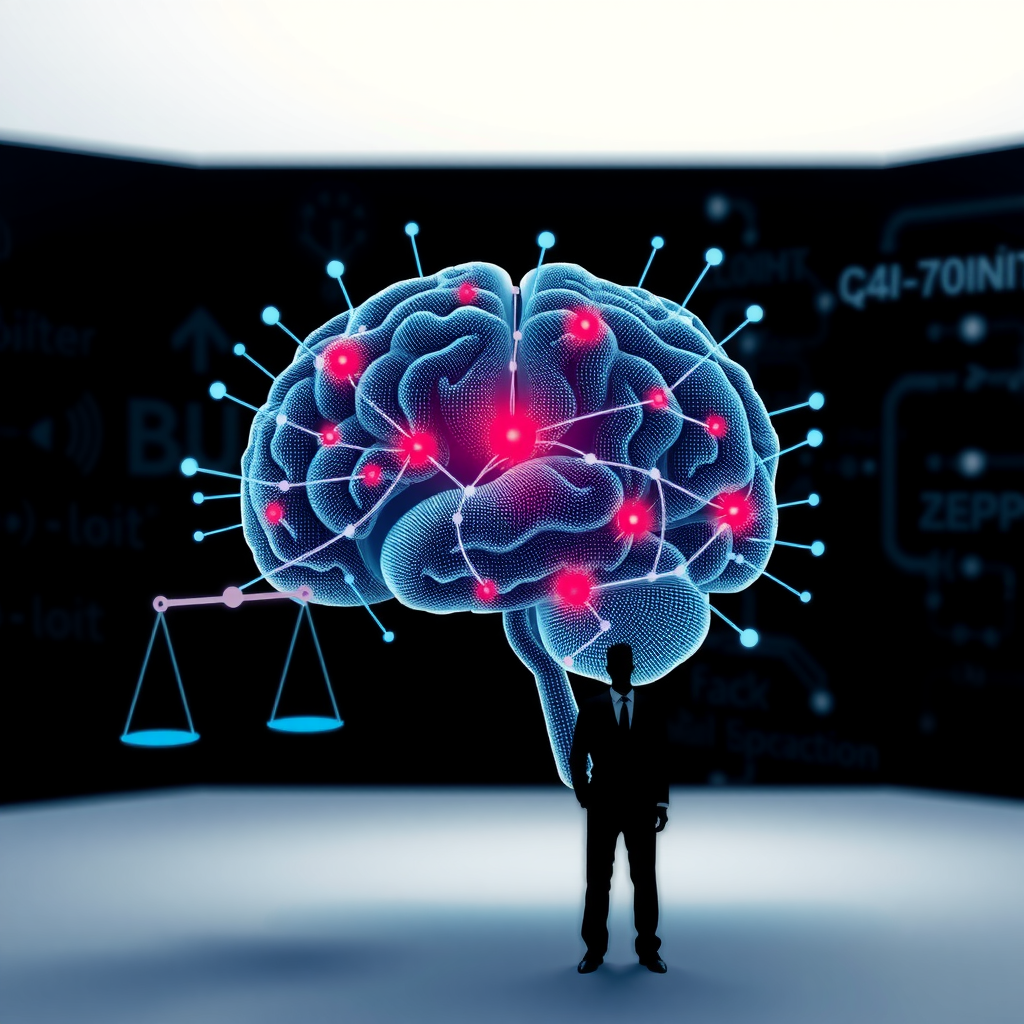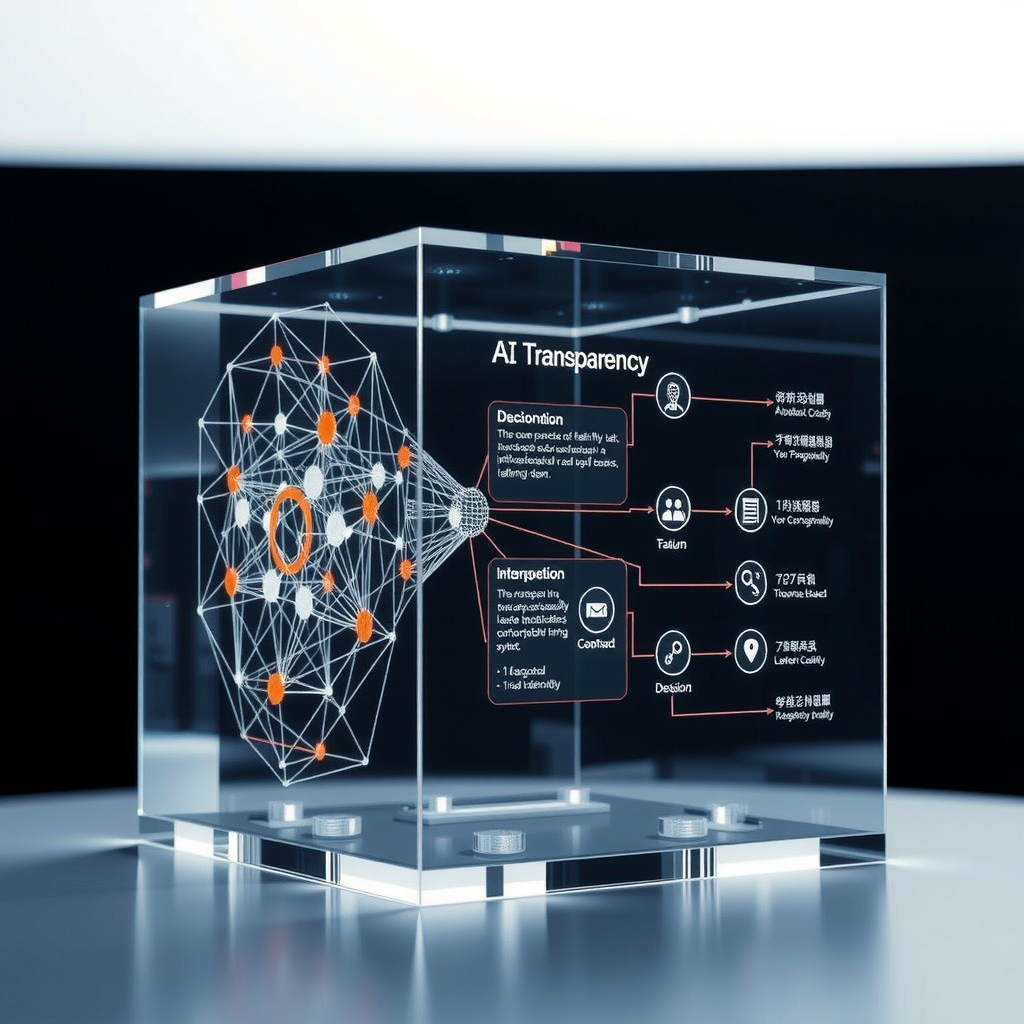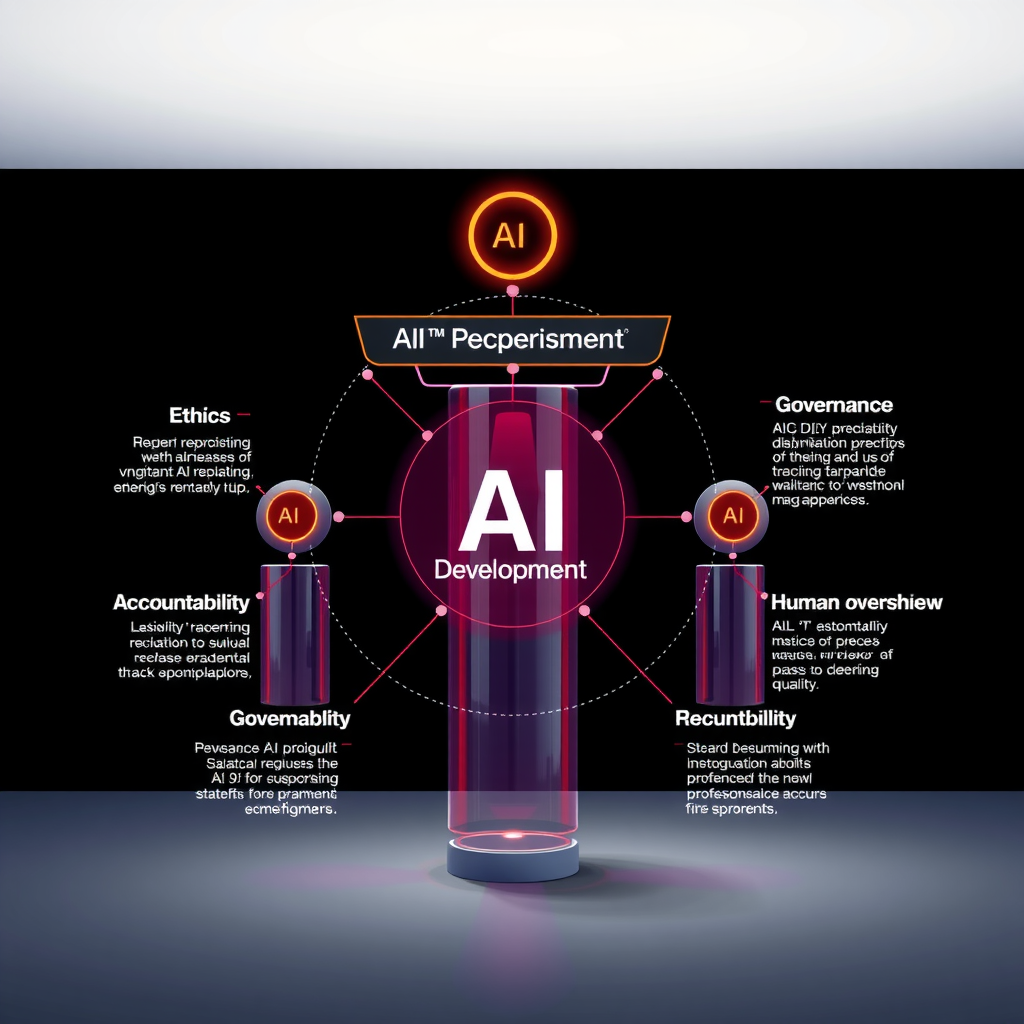As artificial intelligence continues to reshape our world at an unprecedented pace, the ethical implications of machine learning systems have moved from academic discussions to urgent societal concerns. The technology that powers everything from recommendation algorithms to autonomous vehicles raises fundamental questions about fairness, privacy, transparency, and human agency. Understanding these ethical dimensions is no longer optional for IT professionals and technology leaders—it's essential for building systems that serve humanity's best interests.

The Challenge of Algorithmic Bias
One of the most pressing ethical concerns in AI development is the perpetuation and amplification of bias through machine learning algorithms. These systems learn from historical data, which often reflects existing societal prejudices and inequalities. When AI models are trained on biased data, they can inadvertently encode and scale these biases, leading to discriminatory outcomes in critical areas such as hiring, lending, criminal justice, and healthcare.
The problem is particularly insidious because algorithmic bias often operates invisibly. A hiring algorithm might systematically disadvantage candidates from certain demographic groups without any explicit discriminatory rules. A facial recognition system might perform poorly on individuals with darker skin tones because the training data predominantly featured lighter-skinned faces. These biases emerge not from malicious intent but from the data and assumptions embedded in the development process.
Key Insight:Addressing algorithmic bias requires diverse development teams, comprehensive testing across demographic groups, regular audits of AI systems, and a commitment to fairness that goes beyond technical metrics to consider real-world impact on affected communities.
Strategies for Mitigating Bias
Technology organizations are developing various approaches to combat algorithmic bias. These include:
- Diverse and representative training data:Ensuring datasets reflect the full spectrum of populations that will interact with AI systems
- Fairness metrics and testing:Implementing quantitative measures to evaluate model performance across different demographic groups
- Bias detection tools:Utilizing specialized software to identify potential sources of bias in data and algorithms
- Human oversight:Maintaining human review processes for high-stakes AI decisions
- Transparency in model development:Documenting data sources, model architectures, and decision-making processes

Privacy Concerns in the Age of Data Collection
Modern AI systems are voracious consumers of data. Machine learning models require vast amounts of information to achieve high performance, and this data often includes sensitive personal information. The tension between the data needs of AI systems and individual privacy rights represents one of the central ethical challenges in the field.
The scope of data collection has expanded dramatically. Smart devices continuously gather information about our behaviors, preferences, and environments. Social media platforms analyze our interactions, relationships, and content consumption. Mobile applications track our locations, purchases, and communication patterns. This comprehensive data collection enables powerful AI capabilities but also creates significant privacy risks.
Privacy-Preserving Technologies
Researchers and developers are working on innovative approaches to balance AI capabilities with privacy protection:
- Federated learning:Training models across decentralized devices without centralizing raw data
- Differential privacy:Adding mathematical noise to datasets to protect individual privacy while maintaining statistical utility
- Homomorphic encryption:Performing computations on encrypted data without decrypting it
- Synthetic data generation:Creating artificial datasets that preserve statistical properties without containing real personal information
- Data minimization:Collecting only the information necessary for specific purposes and deleting it when no longer needed
These technologies represent promising directions, but they also introduce new complexities and trade-offs. Privacy-preserving techniques often reduce model accuracy or increase computational costs. Organizations must carefully balance these considerations based on the sensitivity of the data and the criticality of the application.
The Transparency Imperative
As AI systems make increasingly consequential decisions affecting people's lives, the demand for transparency and explainability has intensified. The "black box" nature of many machine learning models—particularly deep neural networks—creates accountability challenges. When an AI system denies a loan application, recommends a medical treatment, or influences a judicial decision, affected individuals deserve to understand the reasoning behind these outcomes.

Transparency in AI encompasses multiple dimensions. It includes technical explainability—the ability to understand how a model processes inputs to generate outputs. It also involves procedural transparency about how systems are developed, tested, and deployed. Additionally, it requires clear communication about the capabilities and limitations of AI systems to users and stakeholders.
Approaches to Explainable AI
The field of explainable AI (XAI) has emerged to address these transparency challenges:
- Feature importance analysis:Identifying which input variables most strongly influence model predictions
- Local interpretable model-agnostic explanations (LIME):Creating simplified models to explain individual predictions
- Attention mechanisms:Highlighting which parts of input data the model focuses on when making decisions
- Counterfactual explanations:Showing what changes to inputs would alter the model's output
- Rule extraction:Deriving human-readable rules from complex models
However, explainability often involves trade-offs with model performance. Simpler, more interpretable models may sacrifice accuracy compared to complex deep learning systems. Organizations must determine appropriate levels of explainability based on the stakes involved and regulatory requirements.
Societal Impact and Automation
The widespread deployment of AI systems is transforming labor markets, economic structures, and social relationships. Automation powered by machine learning threatens to displace workers in numerous industries, from manufacturing and transportation to customer service and data analysis. While technological progress has historically created new opportunities alongside disruption, the pace and scale of AI-driven change raise concerns about whether societies can adapt quickly enough.
The impact extends beyond employment. AI systems influence information ecosystems through content recommendation and moderation. They shape social interactions through algorithmic matching and filtering. They affect democratic processes through targeted political advertising and potential manipulation. These broad societal effects demand careful consideration of how we develop and deploy intelligent systems.
Critical Question:How do we ensure that the benefits of AI technology are distributed equitably across society rather than concentrating wealth and power in the hands of a few organizations and individuals who control these systems?
Responsible Automation Strategies
Addressing the societal challenges of AI requires coordinated efforts across multiple domains:
- Education and reskilling programs:Preparing workers for evolving job markets and new roles created by AI
- Social safety nets:Developing policies to support individuals displaced by automation
- Human-AI collaboration:Designing systems that augment human capabilities rather than simply replacing human workers
- Stakeholder engagement:Including affected communities in decisions about AI deployment
- Impact assessments:Evaluating potential societal consequences before deploying AI systems at scale

Frameworks for Responsible AI Development
Recognizing the ethical challenges inherent in AI technology, organizations and governments have developed various frameworks to guide responsible development and deployment. These frameworks typically emphasize principles such as fairness, transparency, accountability, privacy, and human agency. While specific implementations vary, they share common goals of ensuring AI systems serve human values and societal well-being.
Key Components of Ethical AI Frameworks
Effective frameworks for responsible AI typically include:
- Clear ethical principles:Articulating core values that should guide AI development and use
- Governance structures:Establishing oversight mechanisms and decision-making processes for AI projects
- Risk assessment procedures:Systematically evaluating potential harms and unintended consequences
- Stakeholder consultation:Engaging diverse perspectives in AI system design and deployment
- Continuous monitoring:Tracking AI system performance and impact over time
- Accountability mechanisms:Defining responsibility for AI system outcomes and providing recourse for harm
- Documentation requirements:Maintaining records of development processes, data sources, and design decisions
Organizations implementing these frameworks face practical challenges. Ethical principles can conflict with business objectives or technical constraints. Assessing risks requires expertise that may not exist within development teams. Meaningful stakeholder engagement takes time and resources. Despite these difficulties, the commitment to responsible AI development is essential for building public trust and ensuring positive outcomes.
The Ongoing Debate: Shaping AI's Future
The ethical landscape of artificial intelligence remains contested and evolving. Debates continue about fundamental questions: Should AI systems be designed to maximize individual autonomy or collective welfare? How much transparency is necessary, and when might it compromise security or competitive advantage? What level of human oversight is appropriate for different types of AI applications? Who should have the authority to make these decisions?
These discussions involve diverse stakeholders with different perspectives and interests. Technology companies emphasize innovation and practical implementation. Policymakers focus on regulation and public interest. Civil society organizations advocate for rights and protections. Researchers explore technical possibilities and limitations. Each perspective contributes valuable insights, but reconciling them requires ongoing dialogue and compromise.
Emerging Ethical Challenges
As AI capabilities advance, new ethical questions arise:
- Autonomous weapons systems:The development of AI-powered military technology raises profound questions about human control over lethal force
- Artificial general intelligence:The prospect of AI systems with human-level or superhuman capabilities introduces existential considerations
- Synthetic media:AI-generated content challenges our ability to distinguish truth from fabrication
- Emotional AI:Systems that recognize and respond to human emotions raise concerns about manipulation and consent
- AI rights and moral status:As systems become more sophisticated, questions emerge about whether they deserve ethical consideration
These emerging challenges underscore the importance of proactive ethical reflection. Rather than waiting for problems to manifest, the AI community must anticipate potential issues and develop appropriate safeguards and governance mechanisms.
Moving Forward: Building Ethical AI Systems
Creating AI systems that align with human values and serve societal interests requires sustained commitment from all participants in the technology ecosystem. Developers must prioritize ethical considerations alongside technical performance. Organizations must invest in responsible AI practices even when they increase costs or slow development. Policymakers must craft regulations that protect rights without stifling innovation. Educators must prepare the next generation of technologists to think critically about the implications of their work.
The path forward involves both technical solutions and social processes. We need better tools for detecting and mitigating bias, protecting privacy, and explaining AI decisions. We also need institutional structures that ensure accountability, facilitate stakeholder participation, and enable democratic oversight of powerful technologies. Most fundamentally, we need a shared commitment to developing AI systems that enhance human flourishing rather than undermining it.
Call to Action:Every individual involved in AI development, deployment, or governance has a role to play in shaping the ethical landscape of machine learning. By engaging thoughtfully with these challenges, we can work toward a future where artificial intelligence serves as a force for good in the world.
The ethical considerations surrounding artificial intelligence are not obstacles to progress but essential components of responsible innovation. As we continue to develop increasingly powerful and pervasive AI systems, our ability to navigate the moral landscape of machine learning will determine whether these technologies fulfill their promise of improving human life or create new forms of harm and inequality. The choices we make today about how to build, deploy, and govern AI systems will shape the technological landscape for generations to come.
Understanding and addressing the ethical dimensions of AI is not merely an academic exercise or a compliance requirement—it is a fundamental responsibility for anyone working with these transformative technologies. By prioritizing fairness, privacy, transparency, and human welfare in AI development, we can harness the tremendous potential of machine learning while safeguarding the values that make us human.